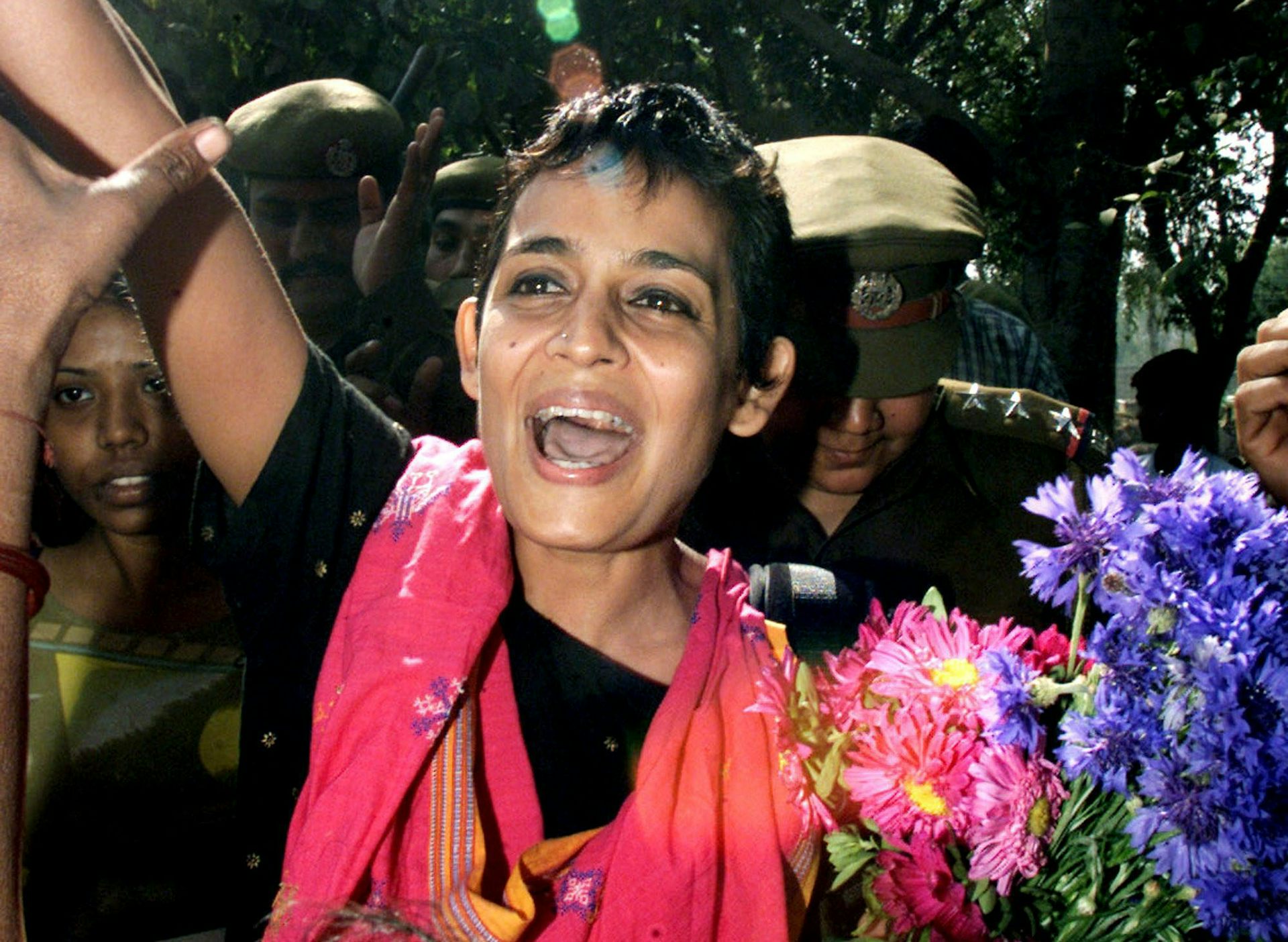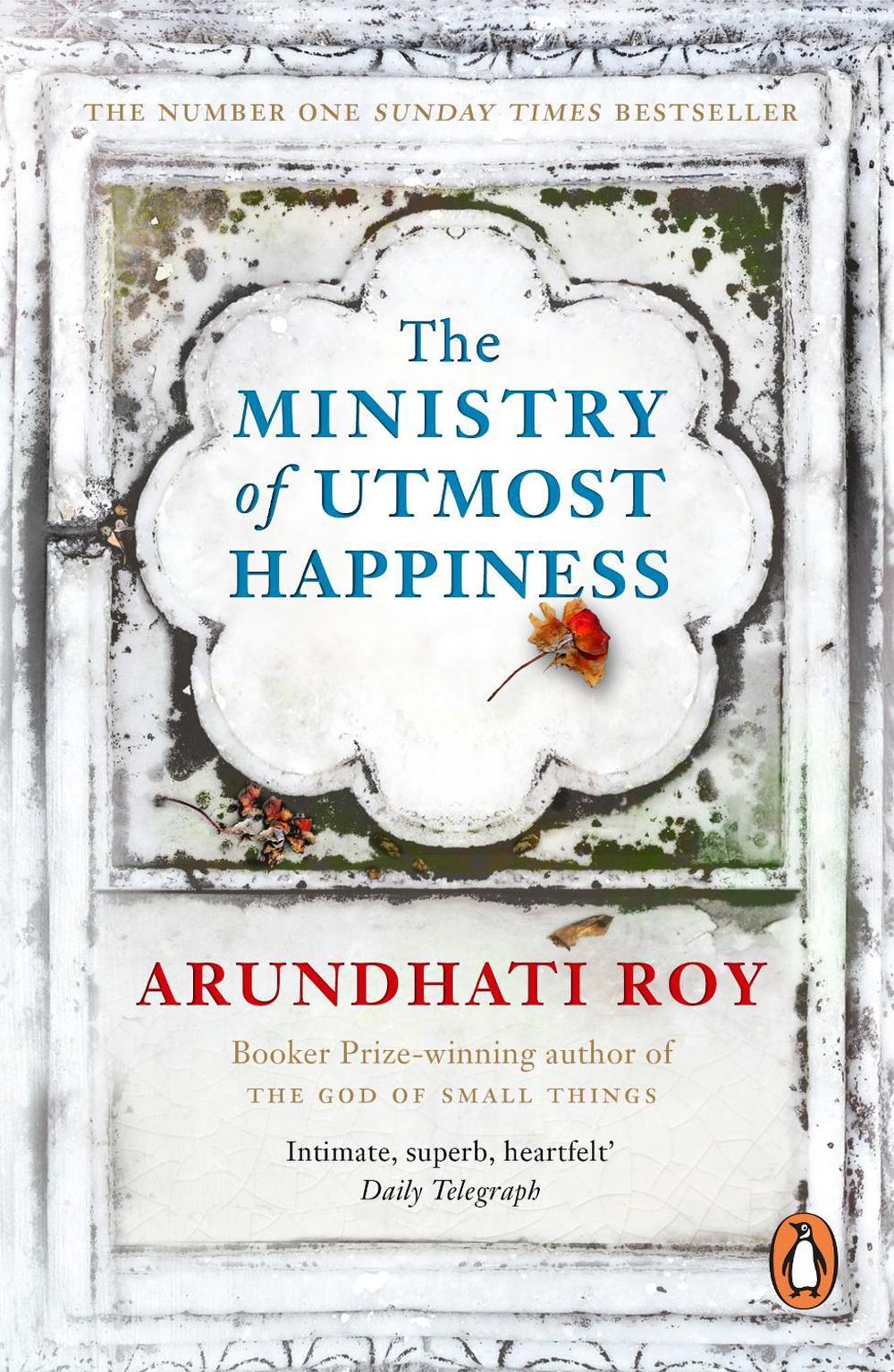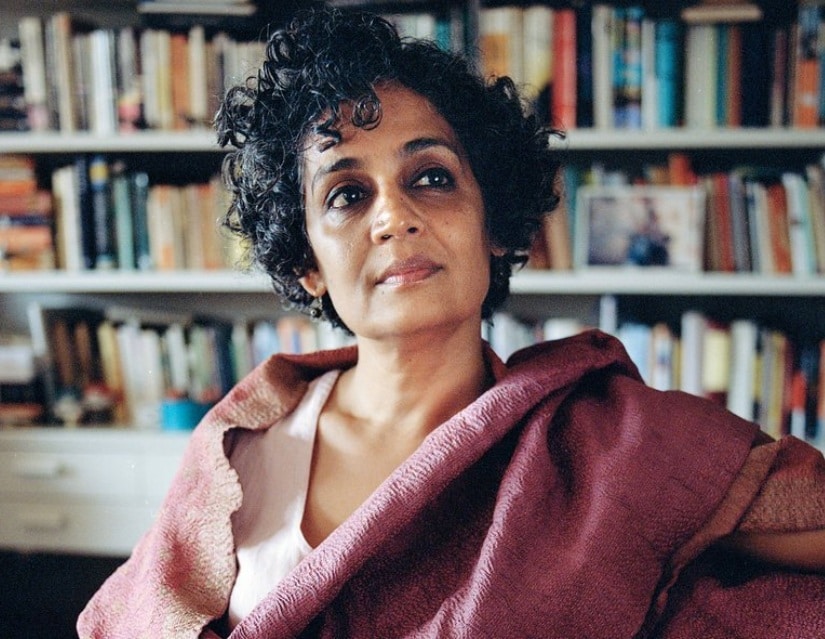


Writing in the Necropolis: Arundhati Roy’s The Ministry of Utmost Happiness.
/arc-anglerfish-arc2-prod-dmn.s3.amazonaws.com/public/V3JK4I2KID5IR7AIJN73FZ2RTY.jpg)
Romancing the Other: Arundhati Roy’s The Ministry of Utmost Happiness. Despite being one of India’s most prominent literary works to center a hijra character, scholarship on the novel to date has primarily focused on issues of class (Lau and Mendes. While Filippo Menozzi reads this rejection of the narrative of linear progress, as indicative of Roy’s complex relationship with realism (2018, 28), I argue that Anjum’s insistence on an alternative present can best be understood as an articulation of queer futurity, whose moment of titular happiness is expressly tied to various forms of queer kinship, expressed not as an ultimate goal but in the novel’s, and our, present. In a moment of mistranslation and cultural misunderstanding, however, Anjum instead states: “e’ve come from there…from the other world” (113–114). 150,000-copy announced first printing.When Anjum, the hijra main character of Arundhati Roy’s The Ministry of Utmost Happiness (2017) attends an anti-corruption protest in New Delhi, she encounters a set of activist filmmakers asking attendees to create a message of optimism by stating “another world is possible” on camera. Yet its complexity feels essential to Roy's vision of a bewilderingly beautiful, contradictory, and broken world. Sweeping, intricate, and sometimes densely topical, the novel can be a challenging read. Shifting fluidly between moods and time frames, Roy juxtaposes first-person and omniscient narration with "found" documents to weave her characters' stories with India's social and political tensions, particularly the violent retaliations to Kashmir's long fight for self-rule. When an abandoned infant girl appears mysteriously amid urban litter and both Anjum and Tilo have reasons to try to claim her, all their lives converge. Tilottama, fascinates three very different men but loves only one, the elusive Kashmiri activist Musa Yeswi. The other protagonist, the woman who calls herself S. The dwelling she cobbles together on her family's graves becomes a paradoxically life-affirming enclave for the wounded, outcast, and odd.

Embracing her identity as a woman, she moves from her childhood home in Delhi to the nearby House of Dreams, where hijra like herself live together, and then to a cemetery when that home too fails her. Anjum, one of its two protagonists, is born intersex and raised as a male. Appearing two decades after 1997's celebrated The God of Small Things, Roy's ambitious, original, and haunting second novel fuses tenderness and brutality, mythic resonance and the stuff of front-page headlines.


 0 kommentar(er)
0 kommentar(er)
